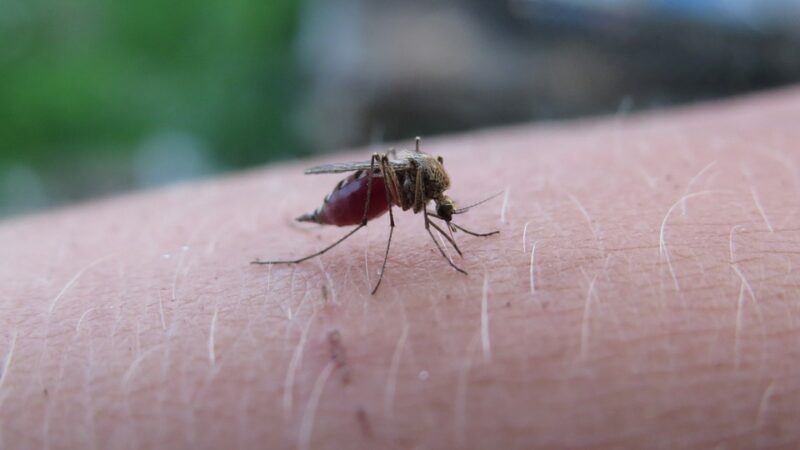The European Agency for Disease Control warned tourists on Friday of the risks of travelling to areas where cases of a Zika-like virus are high, especially for pregnant women, after the first cases of the disease were discovered in Europe.
Nineteen imported cases of Oropouche virus (OROV) – a zoonotic disease spread to humans by infected mosquitoes and flies – were reported in the European Union between June and July: in June and July: 12 in Spain, five in Italy and two in Germany. The European Centre for Disease Prevention and Control warned that all were linked to recent travel to Cuba and Brazil.
Oropouche virus can cause fever, headache, nausea, vomiting, muscle and joint pain, but it is particularly dangerous for pregnant women – it can lead to miscarriage, developmental problems and fetal malformations, the European Centre for Disease Control and Prevention has highlighted, adding that this is “still under investigation.”
Brazil's health ministry sounded the alarm in July after four babies were born with microcephaly, a smaller-than-expected head size, whose mothers had been infected with the virus.
Zika virus, which is also transmitted by mosquitoes, is known to cause birth defects, including microcephaly. In 2015 and 2016, Brazil recorded more than 3,500 cases of microcephaly in children out of an estimated 1.5 million people infected in a large outbreak, Science reported.
There is no vaccine or medicine to prevent or cure OROV. Although the disease is rarely fatal, Brazil recently reported the world's first two deaths from the virus, both in their 20s.
Since January, more than 8,000 cases have been reported in South America, Central America and the Caribbean, with outbreaks in Brazil, Bolivia, Colombia, Peru and Cuba.
The risk of infection for European citizens travelling to epidemic areas in the Americas is “assessed as moderate”, the European Centre for Disease Control and Prevention said: But the likelihood of human exposure in Europe remains very low, as there are no mosquitoes or flies that carry the virus on the continent and there have been no documented cases of human-to-human transmission to date.

“Wannabe internet buff. Future teen idol. Hardcore zombie guru. Gamer. Avid creator. Entrepreneur. Bacon ninja.”

